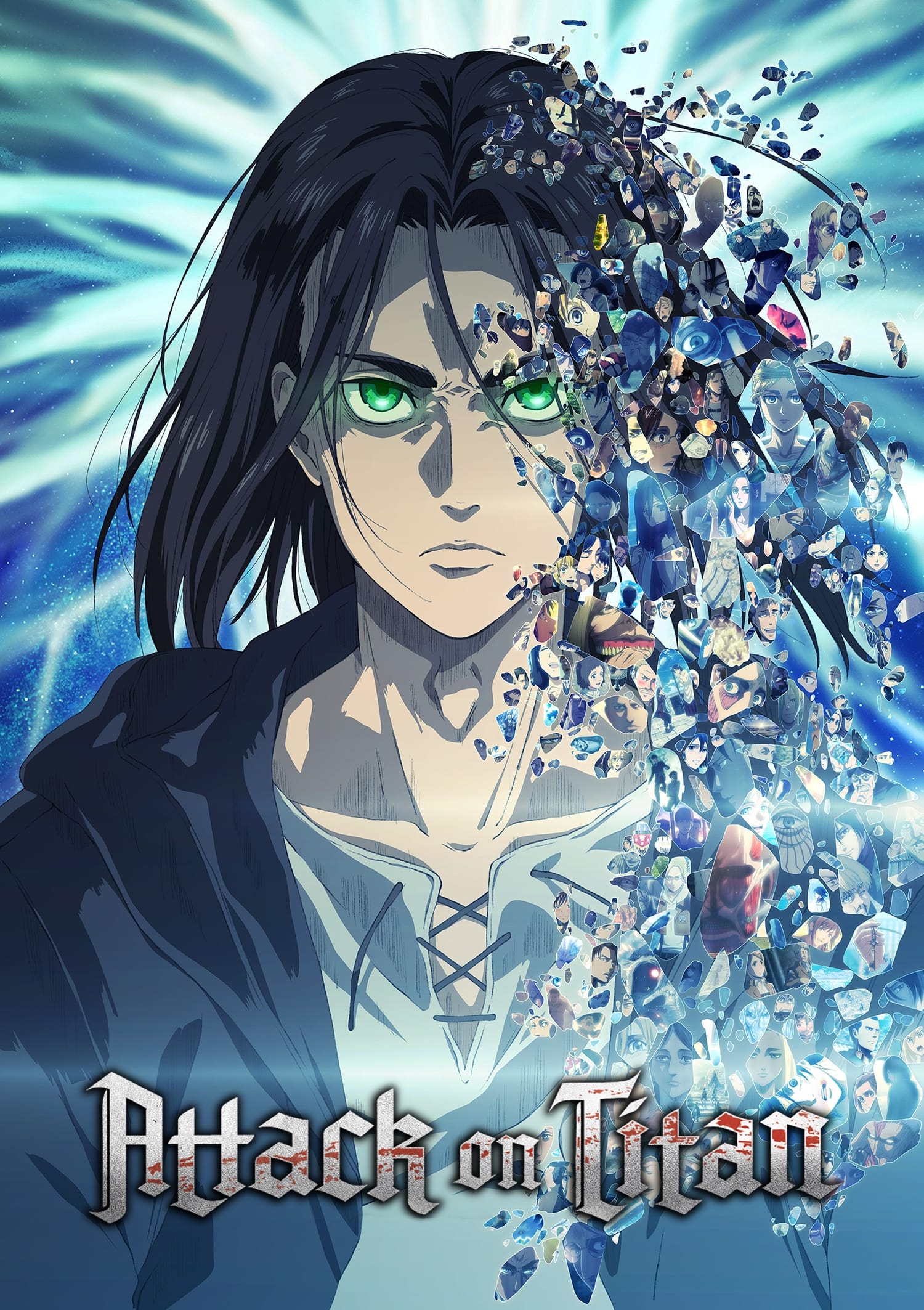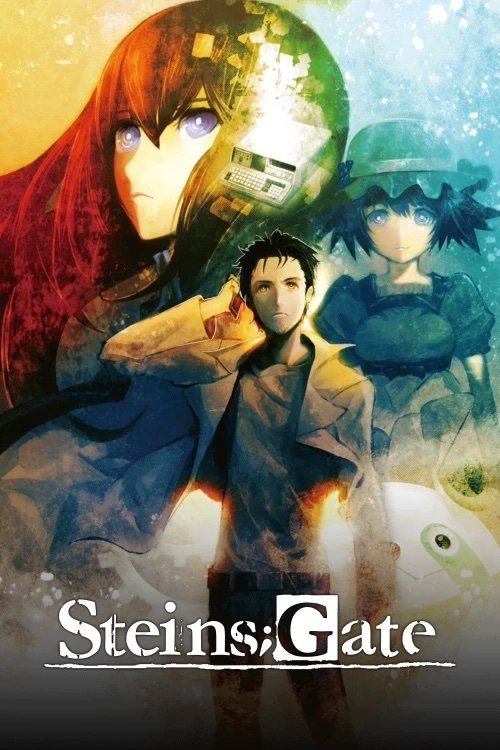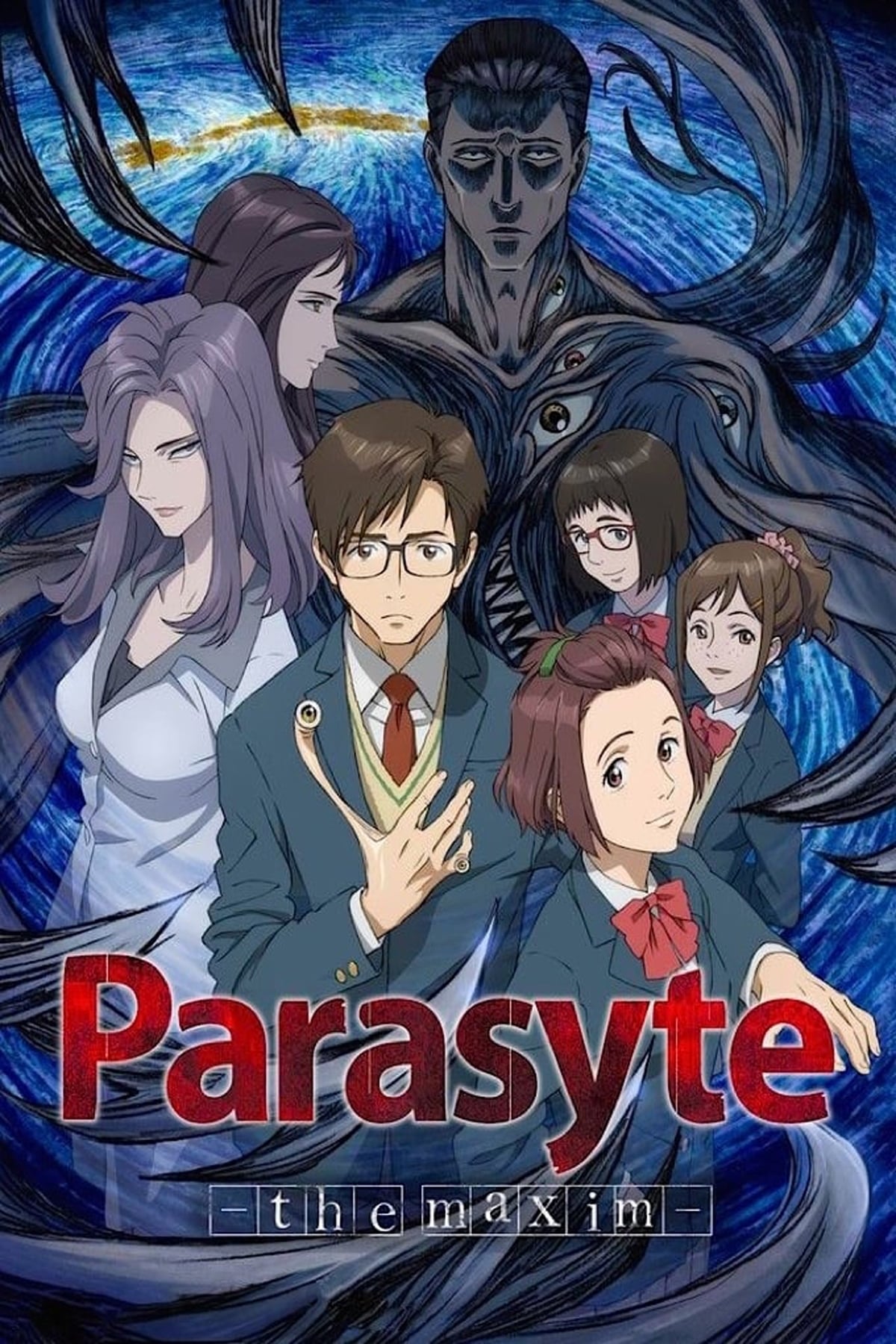
The first season of many anime series subtly introduces important details that become significant later on. These clues – often hidden in character names, symbols, rules, or seemingly unimportant dialogue – build the foundation for future plot twists and a richer understanding of the world. The most clever hints are often woven into early episodes, like introductory missions, classroom scenes, or background elements, making them feel natural until the story revisits them. Here are fifteen examples of how these early clues foreshadow major reveals, explain how powers work, or hint at political shifts. They demonstrate how a strong first season can establish rules and mysteries that pay off much later in the series, all while staying consistent with its own internal logic.
‘Attack on Titan’ (2013–2023) – the basement key and what it implies

The key belonging to Grisha Jaeger and the frequent references to the family basement suggest a central mystery surrounding the Titans and the world beyond the Walls. Initial military explanations clearly define the Wall names, areas of responsibility for different regiments, and what is known about Titan behavior – details that eventually connect to the broader political landscape outside the Walls. Eren’s quick healing and the brief, unsettling images of needles hint at existing scientific knowledge about Titans, rather than simply legends. Furthermore, the show subtly introduces the idea that different nations have conflicting versions of history through schoolbooks and propaganda seen during training.
‘Fullmetal Alchemist: Brotherhood’ (2009–2010) – the Gate visions and equivalent exchange

The initial failed attempt at human transmutation reveals the existence of the Gate of Truth and the severe consequences of trying to create life, establishing rules the story consistently follows. Through alchemist exams, military files, and research notes, the search for the Philosopher’s Stone is shown as an official, organized effort rather than just a myth. Early on, the Homunculi share distinct markings and similar bodies, hinting at a common origin. Records of alchemy-related events across the country subtly suggest a larger, hidden pattern that’s eventually revealed.
‘Death Note’ (2006–2007) – the notebook rules as a legal code

The story begins with clear rules governing the Death Note’s use—including how ownership works, memory loss occurs, time limits apply, and how a person must die for it to work. Light’s tests prove these rules consistently apply to everyone, without any exceptions. Ryuk explains the difference between the rules for Shinigami and how humans experience them, specifically how giving up ownership can restore lost memories under specific circumstances. Finally, police records and timelines reveal patterns in how people die, allowing for the development of strategies to fight back.
‘Steins;Gate’ (2011) – the IBM 5100 and SERN leads

Initial discussions about the IBM 5100 focused on its specialized ability to decode information, as described in old programming guides and manuals. Network data from SERN, along with technical terms related to server differences, suggests that time travel is essentially an information security issue. Consistent results from microwave tests and experiments with banana gel allow for reliable comparisons when changes to cause and effect are observed. Email information, including headers and delivery times, reveals measurable time differences, which the characters later compare to shifts in timelines.
‘Neon Genesis Evangelion’ (1995–1996) – SEELE plans and the Dead Sea Scrolls

SEELE believes the Dead Sea Scrolls predicted the appearance of Angels, suggesting these events aren’t happening by chance. Internal NERV documents treat Instrumentality as a planned project with specific phases, parts, and assigned staff. Clues about Lilith’s true identity are subtly revealed through special labeling and how she’s contained, differentiating her from Adam. Records from the Dummy Plug tests show how well pilots connect with the Evangelions, hinting at future pilot changes and unusual happenings with the units.
‘Code Geass: Lelouch of the Rebellion’ (2006–2008) – Geass contracts and the sigil

The rules of C.C.’s contract explain how Geass can and can’t be used, even before anyone else starts using it. The repeated appearance of the Geass symbol in old ruins and research labs suggests it’s been studied before, and there were people who used it previously. Britannia’s information about these earlier users points to a planned research program, not just random occurrences. Battle footage shows that Geass consistently allowed users to control others on the battlefield, which eventually led to the development of ways to defend against it.
‘Demon Slayer: Kimetsu no Yaiba’ (2019) – hanafuda earrings and bloodline hints

Throughout the story, Tanjiro’s earrings are often highlighted and linked to a family history of sword fighting. Muzan consistently reacts strongly to both the earrings and certain fighting styles, suggesting a past connection. Breathing techniques are taught and named in a standardized way, hinting that they all come from a common origin. The Demon Slayer Corps keeps track of the colors of each swordsman’s blade, which seems to predict what kind of fighter they will become.
‘Hunter x Hunter’ (2011–2014) – Nen lessons as a complete framework

From the beginning, Wing established a comprehensive system of abilities – Ten, Zetsu, Ren, and Hatsu – rather than just broad categories. Users are assessed and categorized using a six-part framework: Enhancement, Transmutation, Emission, Conjuration, Manipulation, and Specialization. Training focuses on measuring and quantifying a person’s energy – their ‘aura’ – and using that to create clear advantages in combat. Agreements and limitations aren’t seen as exceptions, but as factors that modify power, creating a balanced system of give and take.
‘Psycho-Pass’ (2012–2013) – Sibyl terminology and assessment thresholds

The system uses specific numbers, called Crime Coefficients and Hue, to decide when to take action. It heavily relies on information from just one source – things like public announcements, scans, and therapy sessions. Official handbooks clearly define the roles of Enforcers (those who carry out actions) and Inspectors (those who oversee them). The fact that some data is hidden or restricted suggests the system’s information is carefully selected, hinting at its true nature which is revealed later.
‘Tokyo Ghoul’ (2014) – surgical records and organ compatibility

Hospital records detail the donor and how the transplanted organ was placed, providing a clear medical basis for Kaneki’s condition. CCG reports classify different kagune types and fighting styles, letting investigators connect incidents based on these patterns. Information about Kaneki’s diet and recovery tracks his physical changes logically, avoiding supernatural explanations. Discussions between doctors and researchers suggest this isn’t an isolated case, but part of a larger, ongoing study with predictable results.
‘Parasyte -the maxim-‘ (2014–2015) – partial assimilation mechanics

Migi explains that whether a host is successfully taken over depends on precise timing, and outlines how partial takeovers work. Early damage to the host and quick repairs show that success is limited by available resources and how much control the parasite can gain. The show uses radio communications, autopsy reports, and incident locations to follow the parasite’s movements throughout the city. It also details how the host detects the parasite and how signals can be blocked, which later explains the characters’ strategies.
‘Made in Abyss’ (2017) – curse layers and artifact taxonomy

Orientation sessions explain the unique curse affecting each layer of the Abyss, detailing how it hinders climbers and what symptoms to expect. The Guild keeps a catalog of recovered relics, sorted by quality and purpose, and uses coded whistles to signal retrieval procedures. Lyza’s journals and confidential orders reveal established routes, potential dangers, and standard practices for organizing expeditions. Finally, doctors have documented how the curses impact the human body, creating a reference point for assessing the effects of deeper exploration.
‘Mob Psycho 100’ (2016) – ???% and emotional thresholds

The counter on screen shows how Mob’s emotions build up and what causes them to explode. Records from the club and counseling show how holding back his powers impacts both his ability to function and the safety of those around him. Information on spirits, like their power levels and how to exorcise them, is treated as a standard set of work procedures. Reigen’s methods are documented as ways to talk to and distract spirits, consistently resolving problems with people without things getting worse.
‘Erased’ (2016) – recurring objects and timelines

The story highlights specific clues—including a unique car, sweets, and tools—that appear across different time periods, helping to track events. The main character constantly refers to school records, attendance lists, and local reports to piece things together. Patterns in weather and locations are linked to disappearances, providing solid evidence. The series uses regular events, like school classes and trips to the store, as fixed points to show how one thing leads to another.
‘Vinland Saga’ (2019) – Welsh references and shifting allegiances

The story subtly introduces important locations, groups, and agreements that become crucial to the political conflicts later on. Askeladd’s comments about family history and shared languages hint at his connections to key regions. Records of military payments and commands reveal the motivations behind characters’ shifting loyalties and partnerships. Lessons about the land and visual maps foreshadow how armies will move and which strategic locations will become battlegrounds.
Share your favorite Season 1 foreshadowing moments in the comments!
Read More
- Fed’s Rate Stasis and Crypto’s Unseen Dance
- Blake Lively-Justin Baldoni’s Deposition Postponed to THIS Date Amid Ongoing Legal Battle, Here’s Why
- Silver Rate Forecast
- Ridley Scott Reveals He Turned Down $20 Million to Direct TERMINATOR 3
- Красный Октябрь акции прогноз. Цена KROT
- Northside Capital’s Great EOG Fire Sale: $6.1M Goes Poof!
- Bitcoin’s Ballet: Will the Bull Pirouette or Stumble? 💃🐂
- ETH to the Moon? 🚀 Or Just a Bubble?
- Top 10 Coolest Things About Indiana Jones
- The VIX Drop: A Contrarian’s Guide to Market Myths
2025-10-29 19:16